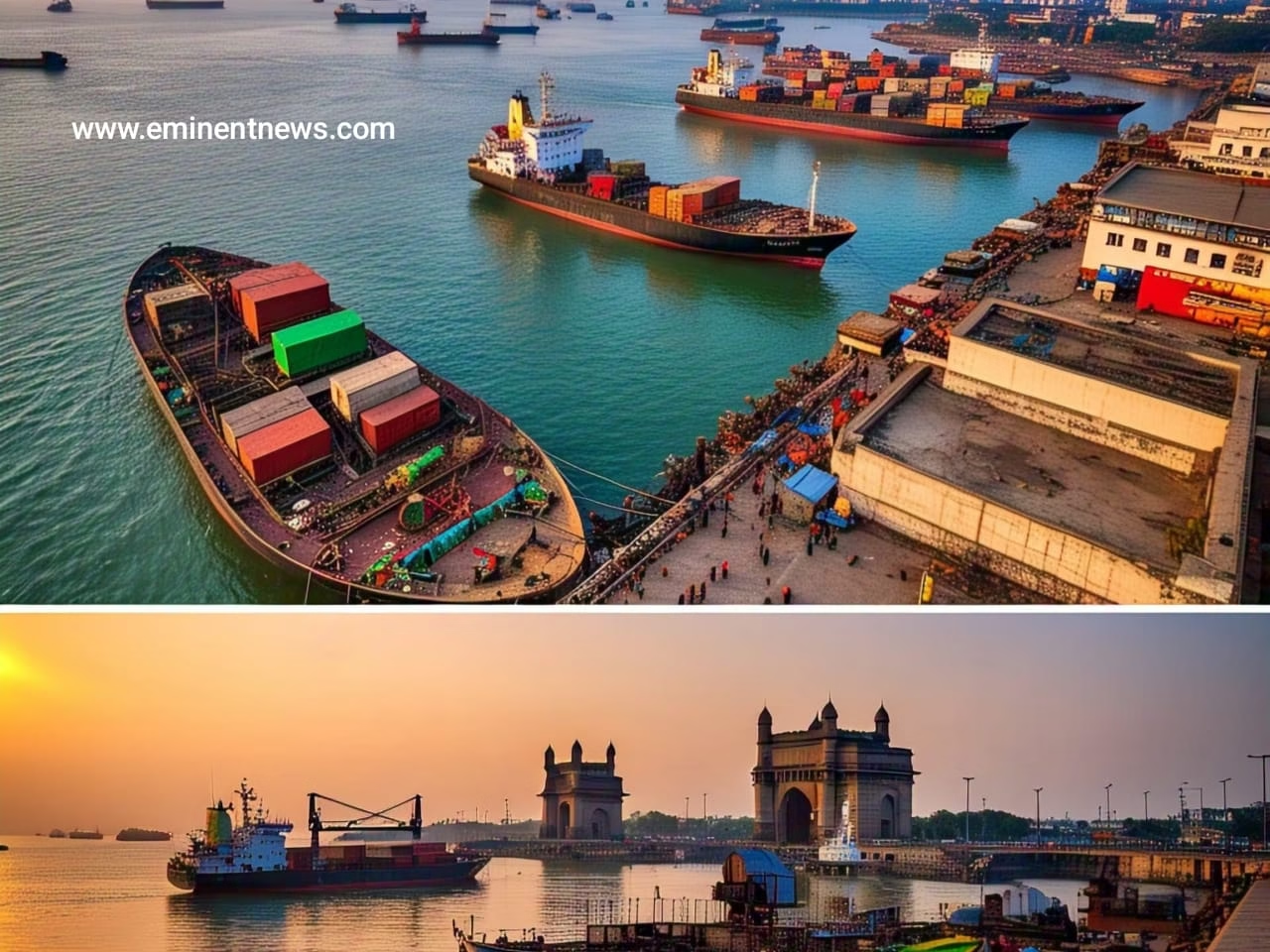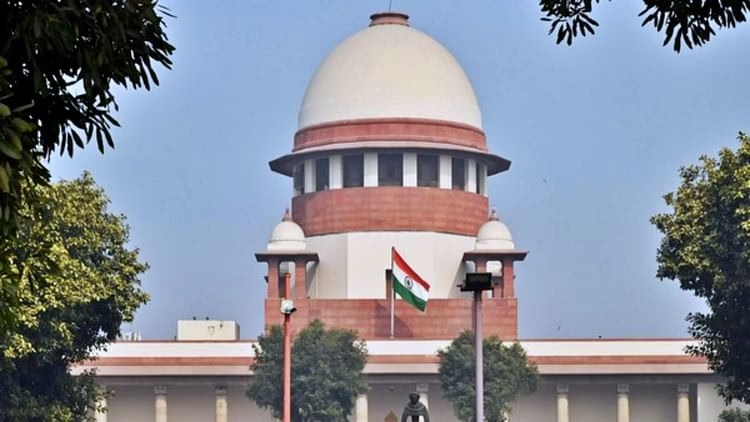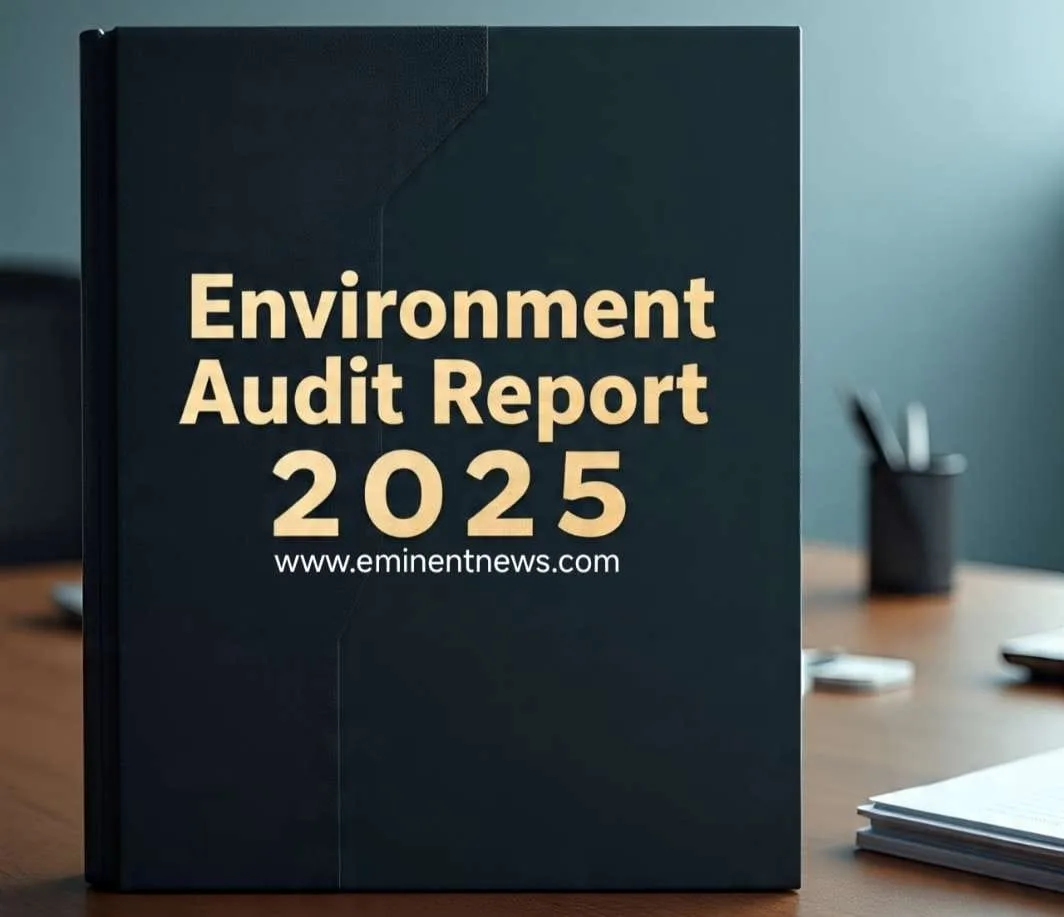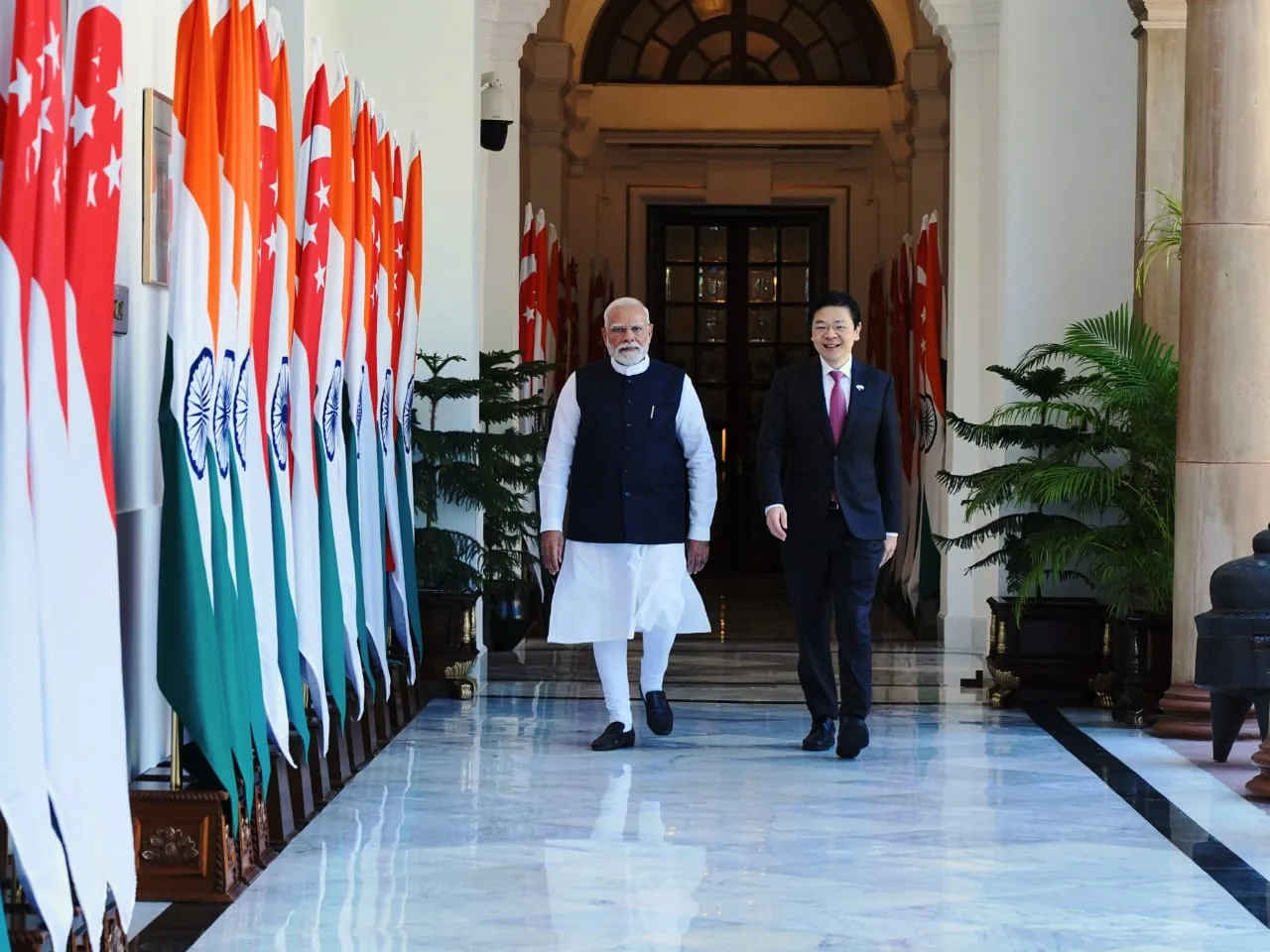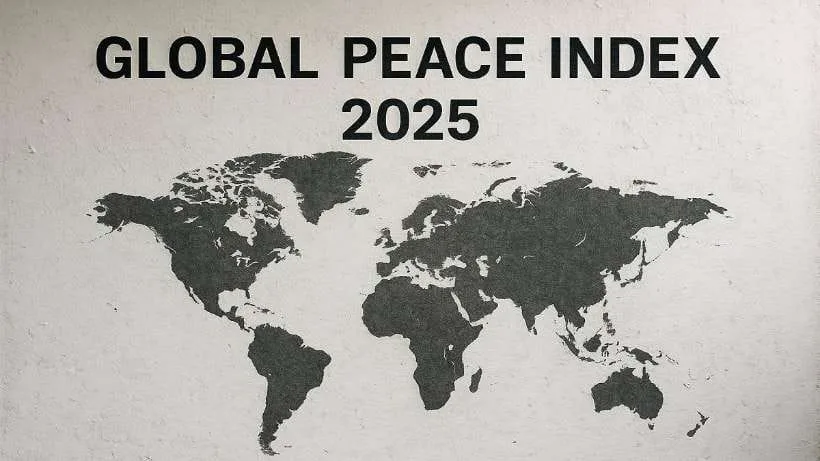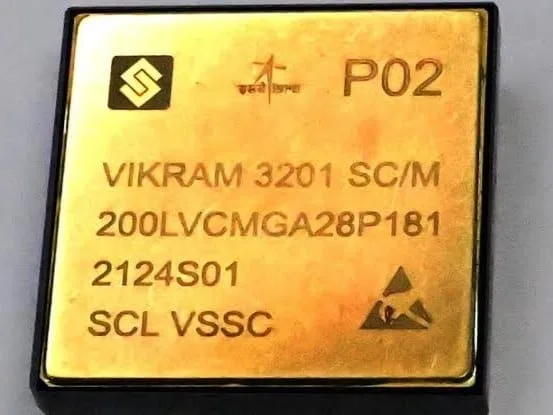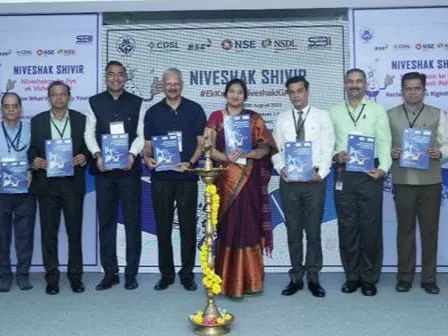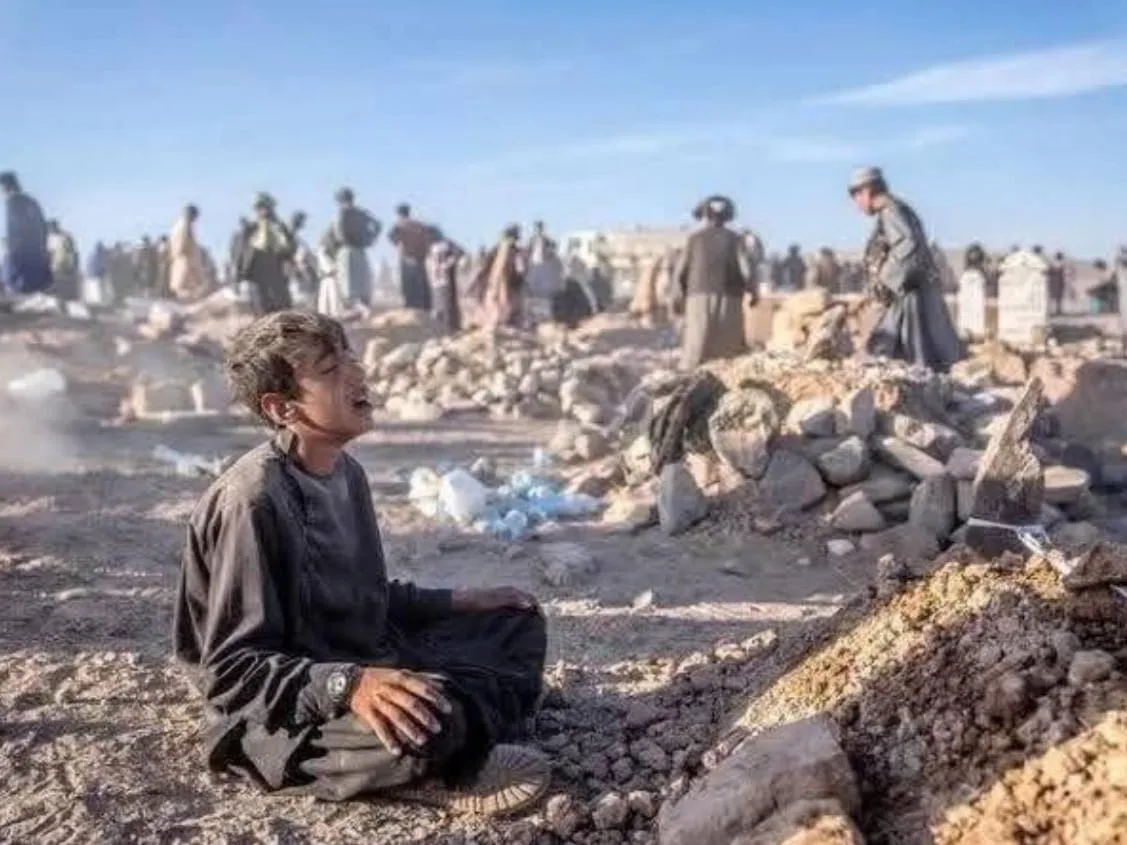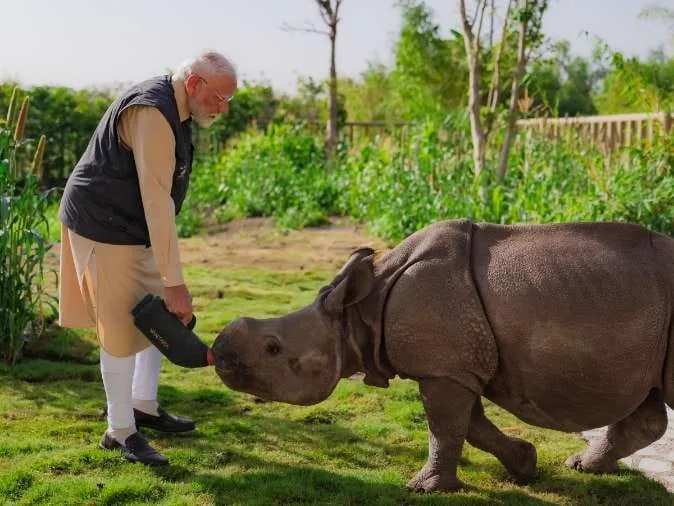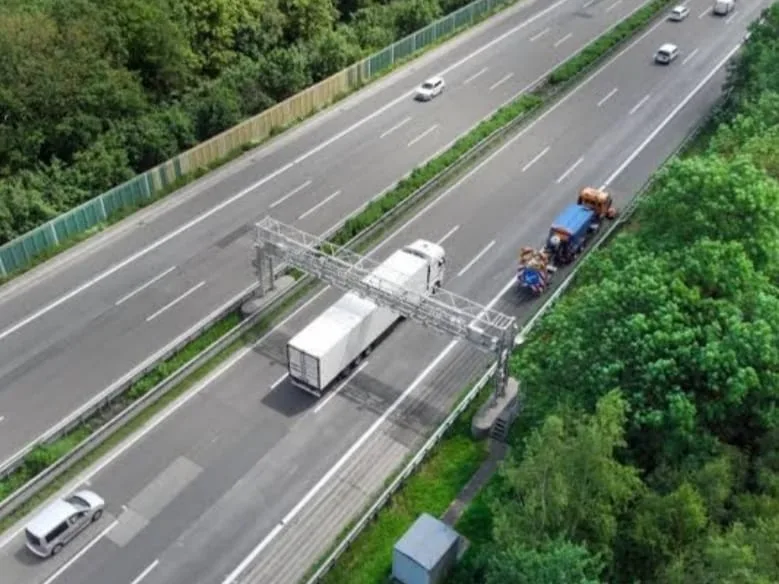The port economy in India encompasses all economic activities related to ports, including cargo handling, shipping, logistics, and related industries . It plays a crucial role in India’s trade, economic growth, and overall development .
Key Aspects of India’s Port Economy:
- Historical Significance: India has a rich maritime history with ancient ports like Lothal, Muziris, and Arikamedu serving as trade centers .
- Current Status:
- India has a vast coastline with 13 major ports and over 200 non-major ports .
- Major ports are owned by the Government of India and governed by the Major Port Authorities Act, 2021 .
- Non-major ports are governed by the Indian Ports Act, 1908, which is being amended by the Indian Ports Bill 2025 .
- Indian port industry is projected to grow at 4-7% annually over the next five years .
- Cargo Handling: Handles around 95% of India’s EXIM cargo by volume and 70% by value .
- India ranks among the top 20 countries in global shipbuilding (2024–25) .
- Jawaharlal Nehru Port Authority (JNPA) and Mundra Port are among the top 30 globally .
- India’s port capacity is expected to increase six-folds to 10,000 MT per annum by 2047 .
- Benefits of a Robust Port Economy:
- Enhances India’s maritime influence and supports initiatives like SAGAR and Project Mausam .
- Catalyzes infrastructure growth and attracts private investment in hinterland regions .
- Reduces carbon emissions by improving turnaround times and facilitating modal shift to railways/inland waterways .
- Supports millions of jobs in logistics, warehousing, and ancillary sectors .
- Challenges:
- India’s logistics cost is about 13-14% of GDP, compared to 8-9% in developed economies .
- Major transshipment activities rely on foreign establishments due to lack of domestic deepwater capacity .
- Port congestion, procedural inefficiencies, and lack of digitization lead to delays .
- Port construction and dredging damage coastal ecosystems and marine biodiversity .
- Labor disputes and industrial actions can cause significant disruptions .
- Inadequate last-mile connectivity affects port efficiency .
- Government Initiatives:
- Sagarmala Programme (2015): Includes port modernization, new port development, and inland waterways expansion .
- PM Gati Shakti: Integrates ports, railways, highways, and airways to create a seamless logistics network .
- Amrit Kaal Vision 2047: Builds on the Maritime India Vision 2030 and encompasses aspirations in Logistics, Infrastructure, and Shipping .
- One Nation One Port (ONOP) Process: Focuses on mapping and standardizing port processes and documentation .
- “Jalvahak” scheme incentivizes movement of long-haul cargo via inland waterways .
- The government plans Sagarmala 2.0, which will focus on shipbuilding, repair, breaking and recycling .
- Recent Developments:
- Vizhinjam International Seaport, India’s first deep-water container transshipment port, has been developed .
- The deep-sea port at Vizhinjam has the potential to trigger an economic boom .
- The Ministry of Ports, Shipping and Waterways (MoPSW) is working to transform the ports and shipping sector through initiatives such as Maritime India Vision 2030 and Amrit Kaal Vision 2047 .
- Cruise tourism is an emerging segment, with the Cruise Bharat Mission launched to boost its potential .
- Way Forward:
- Improve port infrastructure and last-mile connectivity .
- Resolve labor disputes through better communication and negotiations .
- Implement automation and improve operational processes .
In summary, the port economy is vital for India’s growth, and the government is actively promoting its development through various initiatives and investments . Addressing challenges such as high logistics costs and port congestion is crucial to maximizing the sector’s potential . For economy news visit www.eminentnews.com

